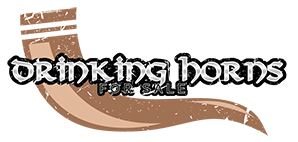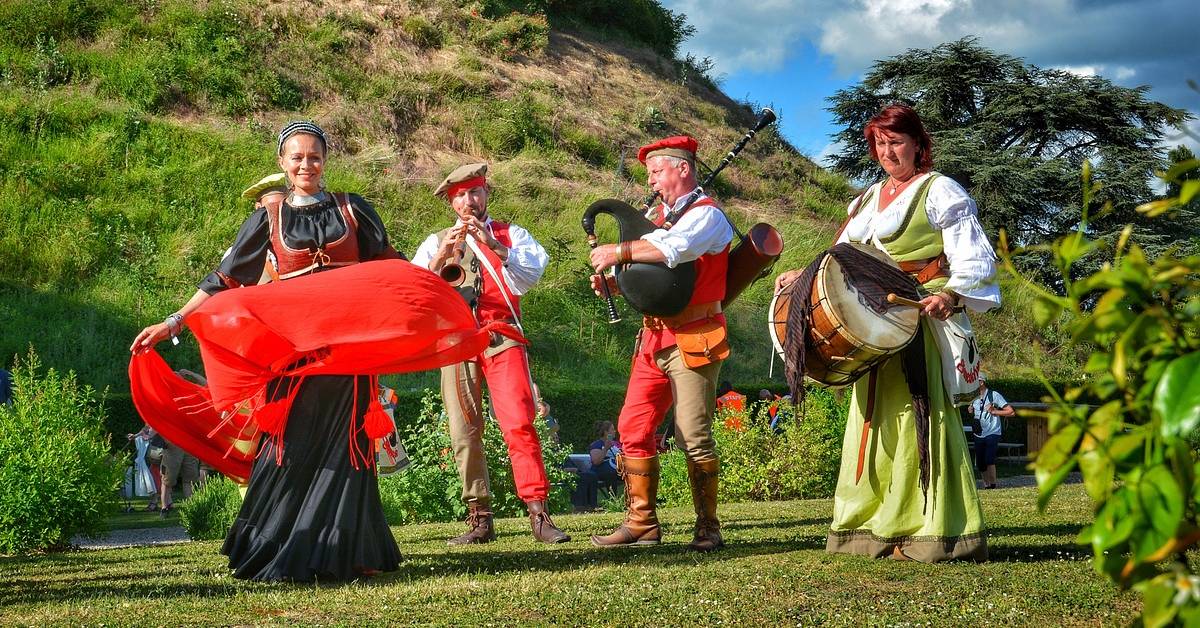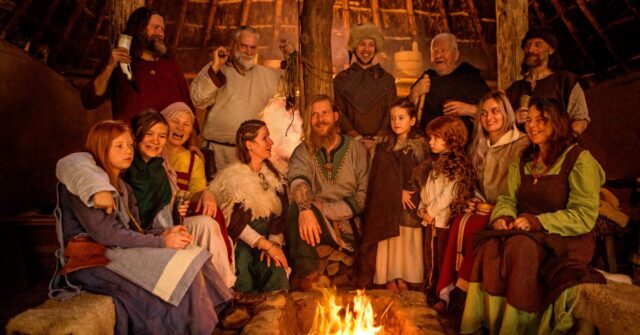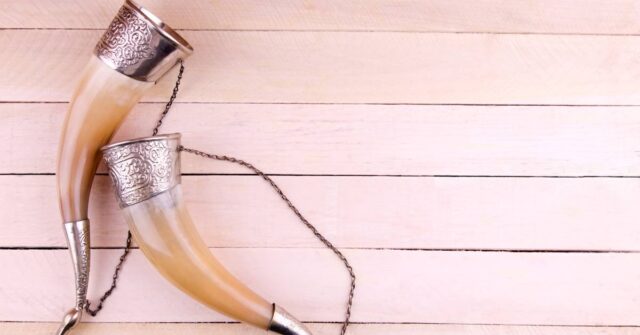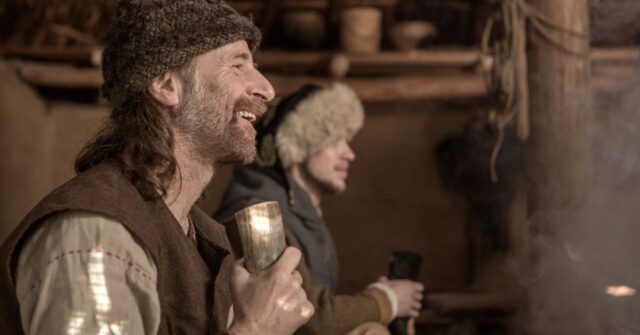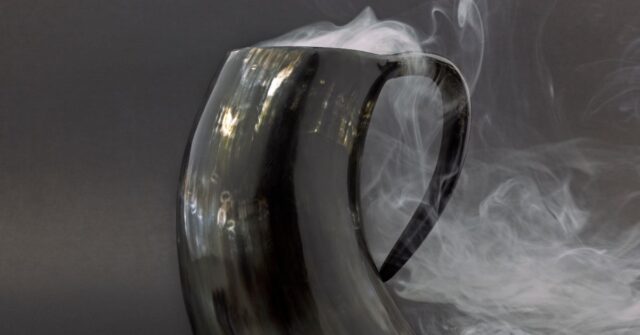In the journey from ancient times to the present day, drinking horns have emerged as fascinating objects of tradition and symbolism.
Despite the evolution of our lifestyles and customs, drinking horns continue to find their place in modern celebrations, from vibrant festivals to intimate weddings.
This article explores the contemporary uses of these historical vessels, delving into their significance, craft, and etiquette.
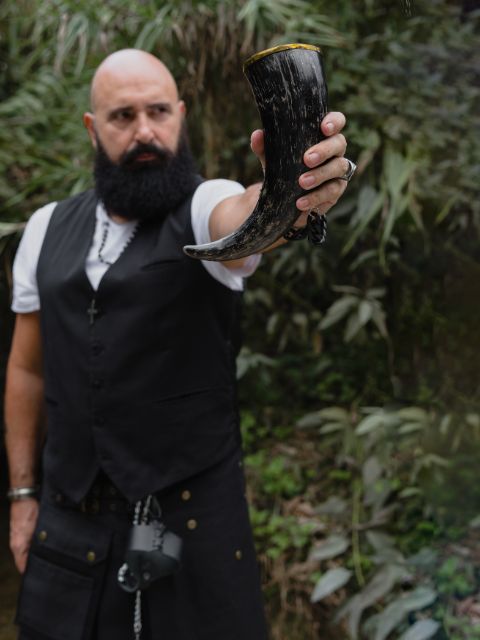
Introduction to Drinking Horns
Drinking horns, as the name suggests, are drinking vessels made from the horn of a bovid mammal.
A traditional part of many ancient societies, they hold an impressive cultural and historical value, which has been passed down the generations and across continents.
The Origin and Historical Context
The use of drinking horns dates back to classical antiquity, with early appearances in Scythian and Thracian societies.
Over time, these horns became popular among Germanic tribes, the Celts, and notably, the Vikings.
Each of these cultures ascribed its own meaning and importance to these objects, often imbuing them with religious and heroic symbolism.
The Renaissance of Drinking Horns
The use of drinking horns declined with the rise of glassware and pottery.
However, interest in these unique vessels has seen a resurgence in the last few decades, thanks to popular culture and a newfound appreciation for historical artifacts.
From Vikings to Modern Day: A Timeline
Drinking horns have journeyed through time, making their mark on various periods of history.
From their role in ancient Viking feasts to their depiction in contemporary movies and TV shows, drinking horns have left a lasting legacy that continues to evolve today.
Drinking Horns in Modern Culture
Though their practical usage has diminished, drinking horns have carved out a niche for themselves in modern culture. They are now symbols of historical reverence, cultural identity, and personal expression.
The Symbolic Meaning of Drinking Horns
In the modern world, drinking horns are seen as an embodiment of ancient traditions, strength, and festivity.
They are often used as decorative pieces, conversation starters, or even as unique gift items, each carrying its own story and cultural significance.
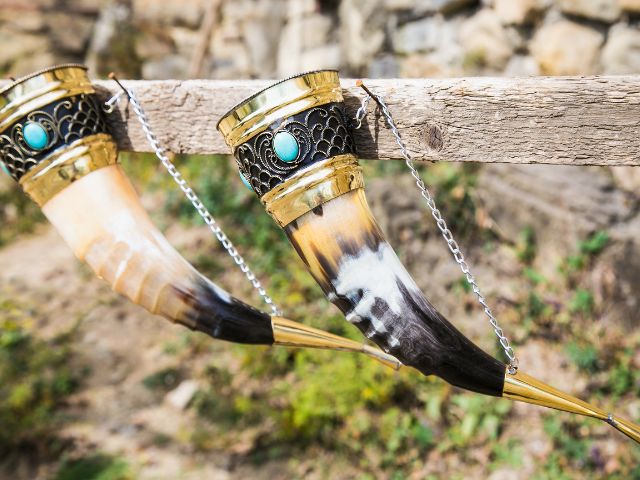
Pop Culture and Media Influence
The portrayal of drinking horns in popular media, particularly in movies and TV series based on ancient civilizations and fantasy themes, has played a significant role in their modern-day popularity.
These representations have not only amplified the intrigue and appeal of drinking horns but have also influenced their usage in various social contexts.
Modern Uses of Drinking Horns
While they might not be everyday household items, drinking horns have found their place in modern celebrations and gatherings, often adding a touch of historical charm and novelty.
Drinking Horns at Festivals
Festivals offer an ideal setting for the use of drinking horns, thanks to the spirit of camaraderie, heritage, and vibrancy they embody.
Whether at a music concert or a cultural event, drinking horns often adds an extra layer of authenticity and enjoyment.
Role of Drinking Horns in Music and Art Festivals
At music and art festivals, particularly those with historical, fantasy, or folk themes, drinking horns are a common sight.
Often used as an accessory or a souvenir, they complement the festive atmosphere and the thematic appeal of these events.
Drinking Horns in Historical and Cultural Festivals
Drinking horns hold a special place in historical and cultural festivals, where they serve as a tangible link to the past.
From Renaissance fairs to Viking festivals, drinking horns offer a unique and engaging way to experience and honor historical traditions.
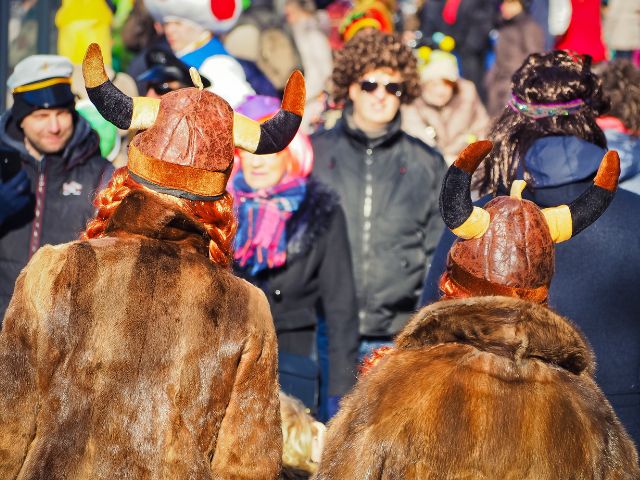
Drinking Horns in Weddings
The use of drinking horns in weddings is not just a novelty but often a meaningful tradition. Whether as a part of the ceremony or as a wedding favor, they add a touch of antiquity and personalization to the celebration.
The Symbolism Behind Wedding Drinking Horns
At weddings, drinking horns often symbolize unity, prosperity, and joy. The act of sharing a drink from the same horn can signify the couple’s shared journey ahead, while also adding a unique twist to the traditional toasts.
Drinking Horn Rituals in Different Cultures
From Celtic handfasting ceremonies to Norse-inspired weddings, various cultures incorporate drinking horns in their matrimonial customs.
Understanding these rituals can provide fascinating insights into the diverse cultural significance of these historic vessels.
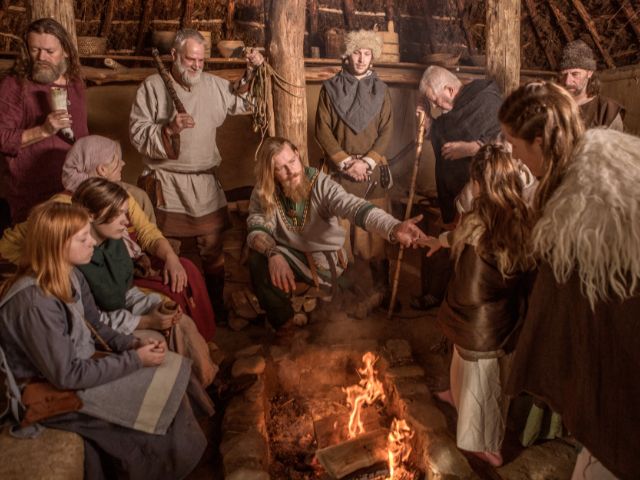
Drinking Horns in Casual Social Gatherings
Apart from grand events and festivals, drinking horns can also add an element of fun and conversation to casual social gatherings.
Whether for themed parties or quiet evenings with friends, they serve as interesting drinkware and conversation starters.
The Craftsmanship Behind Drinking Horns
Drinking horns are not just historical artifacts but also showcase the skill and artistry of their makers. The process of creating a drinking horn is intricate, often combining traditional methods with modern design elements.
The Making of a Drinking Horn: From Raw Material to Finished Product
The process of creating a drinking horn involves several stages, from sourcing the raw horn to polishing the finished product.
Each step requires precision and craftsmanship, ensuring that the final product is not only functional but also aesthetically pleasing.
Modern Designs and Trends
Today’s drinking horns often feature a blend of traditional and contemporary designs, catering to a variety of preferences and uses.
From intricate carvings to sleek minimalist styles, the array of designs reflects the evolving trends and the enduring appeal of these unique vessels.
The Do’s and Don’ts of Using a Drinking Horn
While using a drinking horn can be a unique experience, it also requires some knowledge about their care and handling.
Here are some do’s and don’ts that can help ensure your drinking horn remains a cherished possession for years to come.
Cleaning and Maintenance
Proper cleaning and maintenance are key to preserving the quality and longevity of your drinking horn.
It’s important to remember that, unlike modern drinkware, drinking horns require specific cleaning methods and cannot be cleaned using standard dishwashing products or techniques.
Etiquettes and Traditions
Using a drinking horn often involves certain etiquettes and traditions, varying with the context and culture. Understanding these customs can enhance the experience and respect for these historically-rich vessels.
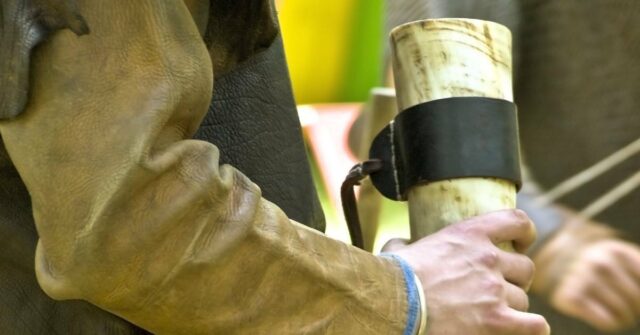
Where to Buy Drinking Horns
If you’re looking to buy a drinking horn, there are several places where you can find them. From online marketplaces to specialty stores, there are a variety of sources offering a range of styles, sizes, and prices.
Online Marketplaces and Specialty Stores
Online marketplaces like Etsy, eBay, or Amazon host numerous sellers offering a wide variety of drinking horns.
Specialty stores, both online and physical, dedicated to historical artifacts or Viking merchandise are also great places to find quality drinking horns.
Conclusion: The Enduring Appeal of Drinking Horns
Despite their ancient origins, drinking horns continue to enchant us with their historical charm, cultural symbolism, and unique craftsmanship.
Whether used at festivals, weddings, or casual gatherings, they offer a distinctive way to celebrate and connect with our shared past.
Their modern uses are a testament to their timeless appeal and their enduring place in our cultural narrative.
